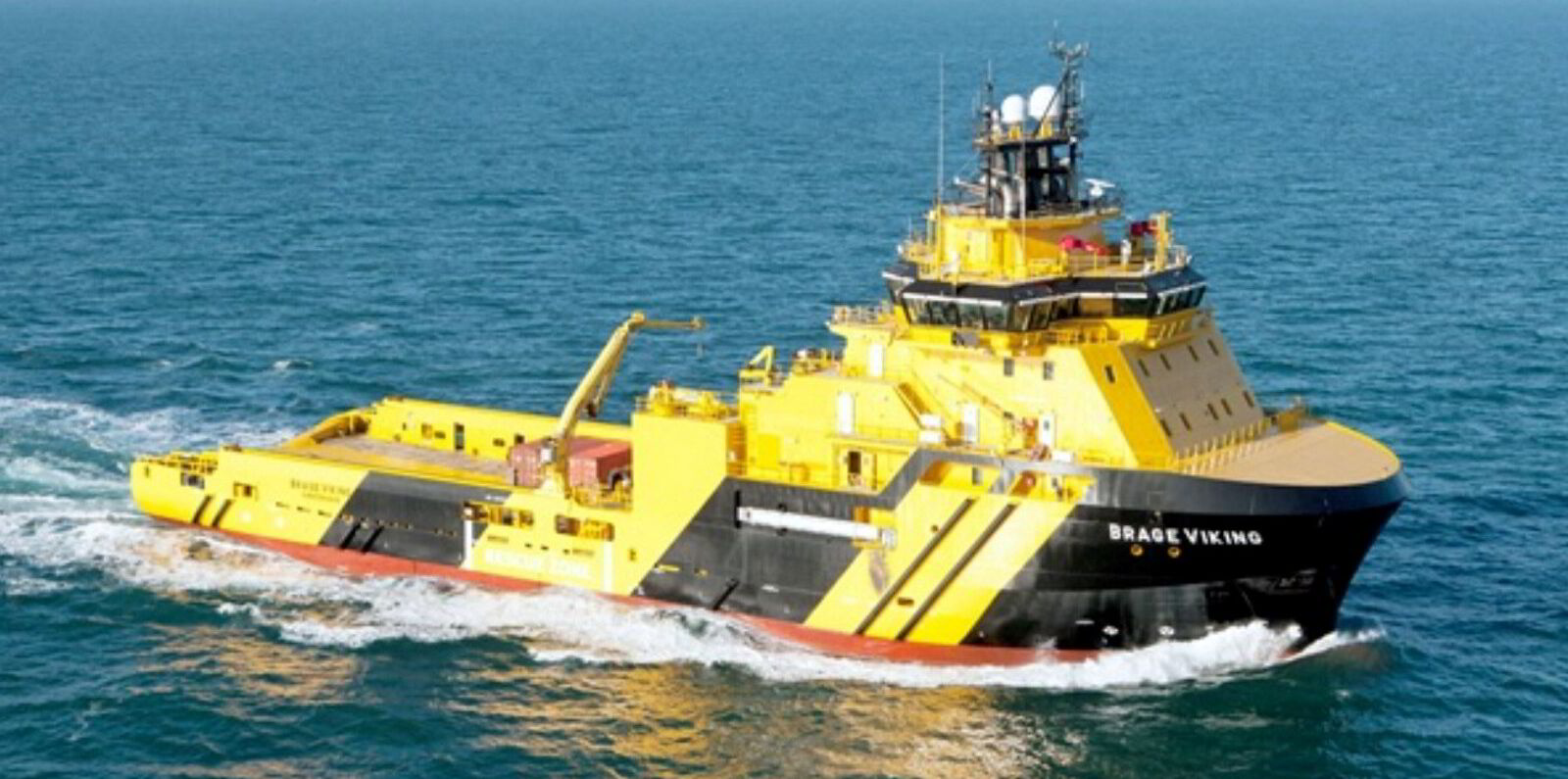The changes keep coming at Christen Sveaas’ Viking Supply Ships.
The Stockholm-listed anchor-handling tug supply vessel owner said on Tuesday that its 20-year-plus contract with the Swedish Maritime Administration (SMA) to manage its icebreakers concluded at the end of the second quarter.
It said the agency would begin managing the ships themselves.
“The long-lasting cooperation with SMA has been of great importance for the group and has contributed to build Viking Supply Ships competence within ice operations,” chief executive Trond Myklebust said alongside the company’s second-quarter earnings.
“Viking Supply Ships will still retain in-house competence within ice operation and will pursue potential upcoming ice projects.”
As part of the shift, the company merged its ice management and ship management segments into a single ship management and services division.
The end of the SMA deal follows January’s decision to exit the PSV sector by dropping the management of two Borealis Maritime-owned vessels where it had a minority stake and a move earlier this month to move its six AHTS vessels to Sea1 Offshore management.
Sveaas’ Kistefos firm took a controlling stake in Sea1 Offshore earlier this year following a disagreement with founder Kristian Siem, who had founded the company as Siem Offshore.
The move has fuelled speculation the Norwegian tycoon could merge the two companies, but so far Viking Supply Ships has said it would maintain its separate stock listing.
For the quarter ending on 30 June, Viking Supply Ships reported a SEK 51m ($4.9m) profit, up from a SEK 6m loss from the same period last year.
It brought in SEK 279m in revenue, up from SEK 151m year on year.
The company had two vessels on term contracts in the quarter, which brought in $43,400 per day, while the remaining four were operating in the spot market, earning $39,000 per day at 57% utilisation.
Myklebust called the market “relatively good” in the second quarter, building on the momentum seen at the end of 2024’s first stanza.
“In the beginning of the quarter the North Sea spot market was volatile, but the market was tightening in the latter part of the quarter,” he said. “In addition, term contracts outside the North Sea contributed to an increase in utilisation and revenue compared to the same period last year.”
Myklebust added that he expects the North Sea AHTS market to stay volatile in the second half and that demand in Brazil, Canada, West Africa and Australia will drive business in the coming years.





